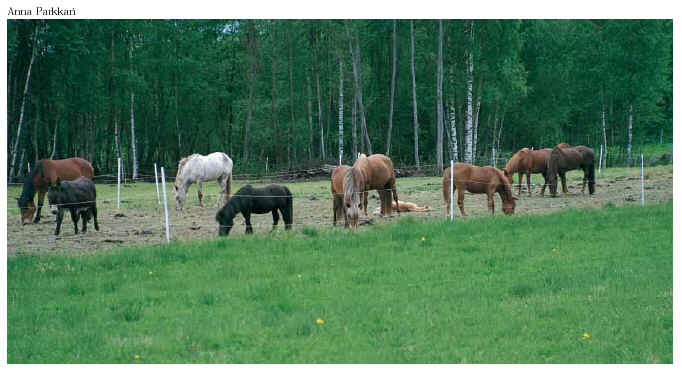
This study was undertaken to compare how different conditions of transport, culture and incubation affect the concentrations of total bacteria, clostridia and Clostridium perfringens in horse feces. In addition, we assessed the incidence of faecal sulphite reducing clostridia and C. perfringens in healthy horses during in- and outdoor feeding seasons from spring to autumn in 2003. In one stable, the horses were being trained for trotting, and in the other they were in light work. Comparing the methods, the anaerobic packing and transport of the samples affected the concentrations of total bacteria. The growth media used were those suited for the determination of sulphite reducing clostridia and C. perfringens in foodstuffs. The growth media routinely employed for sulphite reducing clostridia in foods was too unspecifi c for equine feces, because Fusobacterium- and Bacteroides-species, commonly present in horse feces, also reduce sulphite. C. perfringens medium for foods was suitable for the study of horse feces. The feces of healthy horses contained only few C. perfringens, on the average below the detection limit (100 cfu/g), in spite of seasonal change in feeding. The concentrations of sulphite reducing clostridia were lightly higher. During outdoor pasture season, sulphite reducing clostridia were detected more than during indoor pasture season.
